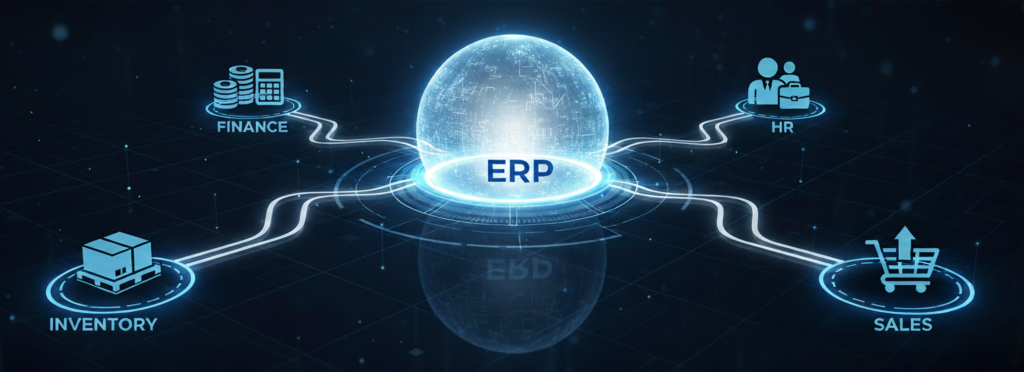What is Wave Picking?
Wave picking is a method used in warehouse management to group and schedule picking tasks. Instead of picking one order at a time, workers pick multiple similar orders together in a single batch, called a “wave.” This approach helps reduce walking time, improve efficiency, and meet shipping deadlines.
How Does Wave Picking Work?
Here’s a basic overview of how the wave picking process works:
- Orders come in and are entered into the Warehouse Management System (WMS).
- The WMS groups orders based on rules like delivery zone, shipping time, product type, etc.
- Waves are scheduled for specific times during shifts.
- Pickers collect items using scanners, carts, or handheld devices.
- Picked items are sorted at the packing stations by order.
- Orders are packed and shipped based on carrier pickup times.
Types of Wave Picking
Wave picking can be combined with other picking methods depending on the warehouse setup:
- Discrete Order Picking: Pick one complete order at a time. Simple but inefficient for large volumes.
- Batch Picking: Pick similar items for multiple orders in one run. Requires sorting later.
- Zone Picking: Warehouse is split into zones. Pickers work only in their area. Orders are consolidated later.
- Cluster Picking: Pick items for several orders at once using carts with bins. Cuts walking time.
Benefits of Wave Picking
Using wave picking can provide several operational benefits:
- Reduces travel time: Grouping similar orders minimizes walking.
- Improves accuracy: Easier to manage and verify grouped picks.
- Better labor scheduling: Waves can match shift schedules or workloads.
- Meets shipping deadlines: Orders are grouped to align with carrier pickups.
- Handles peak volume: Ideal for seasonal or high-volume operations.
Challenges of Wave Picking
Despite its benefits, wave picking also comes with some limitations:
- Needs good planning: Poorly defined wave rules can slow things down.
- Requires WMS support: Manual wave planning is time-consuming and error-prone.
- Possible delays: Orders might sit idle until their wave is released.
- Extra sorting: Picked items still need sorting and packing by order.
How to Improve the Wave Picking Process
Here are some ways to make wave picking work better:
- Use a robust WMS: Automates wave creation, picking paths, and tracking.
- Review order data: Use past patterns to group waves smartly.
- Train pickers: Clear instructions reduce mistakes and improve speed.
- Monitor KPIs: Track picking speed, error rates, and fulfillment time.
- Mix methods when needed: Combine wave with zone or cluster picking for better results.
Wave Picking vs Batch Picking vs Zone Picking
| Feature | Wave Picking | Batch Picking | Zone Picking |
|---|---|---|---|
| Process | Orders grouped by criteria | Multiple orders picked at once | Pickers stay in zones |
| Sorting Needed? | Yes | Yes | Yes |
| Efficiency | High | Medium to High | Medium |
| Best For | Scheduled workflows | Small orders | Large warehouses |
| Flexibility | High | Medium | Low |
When Should You Use Wave Picking?
Wave picking is best when:
- You process many orders daily.
- Timing shipments around carrier pickups is important.
- Your warehouse has multiple shifts or zones.
- You want to reduce worker movement and increase control.
Final Thoughts
Wave picking is a practical and proven approach to improve order picking speed and accuracy. It works well for high-volume warehouses and operations with tight shipping schedules. To make it effective, you need a capable WMS, clear processes, and trained staff. When used right, wave picking reduces cost and boosts performance.
Frequently Asked Questions
What is wave picking?
Wave picking is a warehouse picking method where similar orders are grouped into batches (called “waves”) and picked at scheduled times. It helps reduce walking time and improves efficiency.
How is wave picking different from batch or zone picking?
- Wave picking organizes picks by schedule and shipping criteria.
- Batch picking focuses on picking multiple orders at once.
Zone picking assigns pickers to fixed zones where they only pick items in their area.
When should I use wave picking?
Use it when you handle large volumes of orders, need to match carrier pickup times, or want better labor planning. It’s ideal for warehouses with multiple shifts or tight delivery windows.
What types of wave picking exist?
Some common types include:
- Fixed-time waves: Released at set times during the day.
- Dynamic waves: Released as needed, based on real-time order flow.
- Product-based waves: Grouped by items or product type to reduce travel time.
Order-based waves: Based on customer priority or order size.
What are the benefits of wave picking?
- Less travel time for pickers
- More accurate orders
- Easier labor planning
- Better alignment with shipping schedules
Scales well during busy seasons
What challenges come with wave picking?
- It needs a good WMS to manage waves
- Poor wave planning can slow things down
- Orders may be delayed if not in the current wave
Do I need special software for wave picking?
Yes. A Warehouse Management System (WMS) is needed to create, manage, and track waves. Without it, wave picking is hard to coordinate at scale.
Can I combine wave picking with other methods?
Yes. Many warehouses combine wave picking with zone, batch, or cluster picking depending on the layout and order types. This can improve speed and flexibility.
Does wave picking work for e-commerce?
Yes. It’s useful for e-commerce warehouses dealing with high order volumes, same-day shipping, and carrier pickups.
How can I improve wave picking in my warehouse?
- Use a smart WMS
- Analyze order trends
- Schedule waves around carrier times
- Train pickers properly
Monitor key metrics like pick rate and accuracy.







